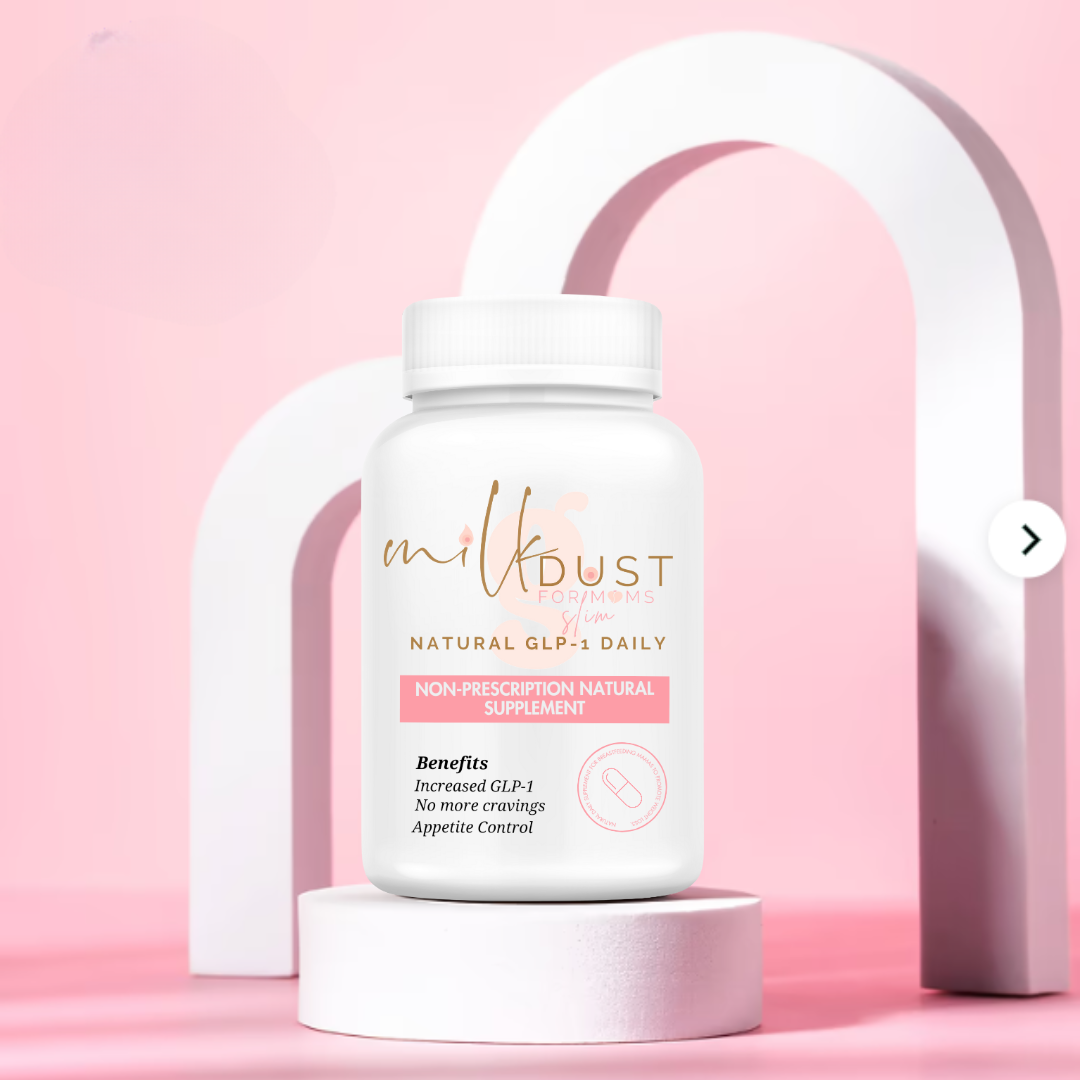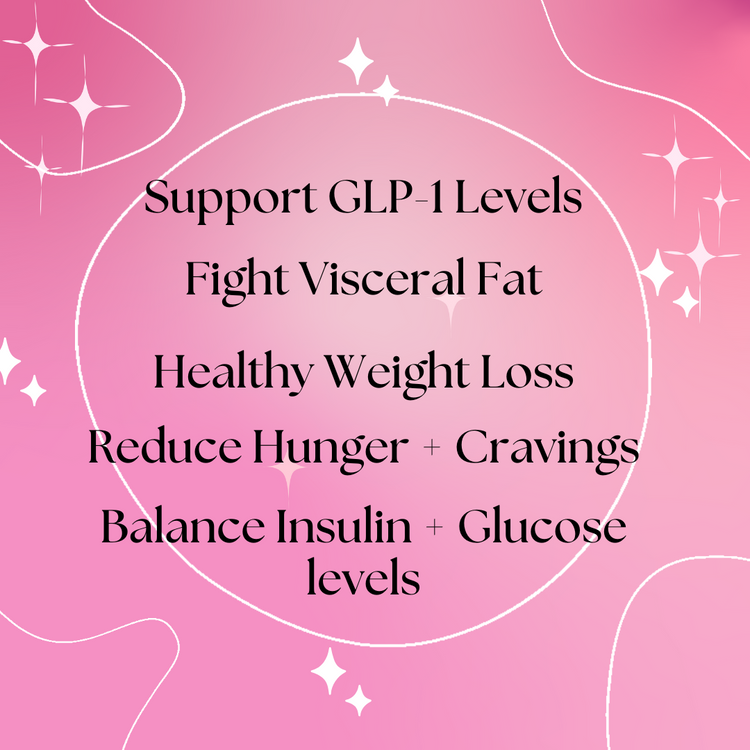If you’re a breastfeeding mom searching for ways to naturally increase your milk supply, chances are you’ve come across brewer’s yeast. It’s one of the most talked-about galactagogues (substances thought to support milk production), and it’s often used in lactation cookies, smoothies, and supplements.
But does brewer’s yeast really help with lactation? Let’s dive into the science, evidence, and benefits, and why I chose to include it in the formula for Milk Dust Lactation Protein Powder, alongside a powerful blend of other ingredients proven to support both milk supply and postpartum recovery.
What Is Brewer’s Yeast?
Brewer’s yeast is a nutrient-rich fungus (Saccharomyces cerevisiae) traditionally used in baking and beer brewing. As a supplement, it’s valued for its:
-
B vitamins (especially B1, B2, B3, B5, B6, B7, and folate) – critical for energy, mood, and cellular function
-
Chromium – helps regulate blood sugar levels, which may curb sugar cravings postpartum
-
Protein and minerals – to support overall recovery and milk production
Brewer’s Yeast and Lactation: What the Science Says
While more high-quality research is needed, brewer’s yeast has been used for decades as a galactagogue, and there’s anecdotal evidence from countless breastfeeding moms that it can help boost supply.
-
Brewer’s yeast may work by supporting prolactin levels, the hormone that drives milk production.
-
A 2015 study in Breastfeeding Medicine noted that dietary supplements like brewer’s yeast, fenugreek, and blessed thistle are widely used by mothers, with many reporting positive outcomes.
-
Its B-vitamin profile may also support energy and reduce fatigue—something every new mom needs in those sleepless postpartum months.
That’s why brewer’s yeast is one of the key ingredients in Milk Dust Lactation Protein Powder. But the real magic happens when it’s combined with other scientifically supported galactagogues and nutrients.
A MUST READ:
Best Protein Powder for Breastfeeding in 2025: A Complete Guide for Nursing Moms
Why Milk Dust Is More Effective Than Brewer’s Yeast Alone
Brewer’s yeast is powerful, but milk supply isn’t dependent on just one ingredient. That’s why Milk Dust combines brewer’s yeast with a blend of plant-based protein, superfoods, and milk-boosting herbs, creating a comprehensive formula for both supply and recovery.
Comparison: Brewer’s Yeast vs. Milk Dust
| Feature | Brewer’s Yeast Alone | Milk Dust Lactation Protein |
|---|---|---|
| Supports Milk Supply | Yes, may increase prolactin | Yes, with multiple galactagogues (brewer’s yeast, fenugreek, milk thistle, red raspberry) |
| Protein Content | Moderate protein | Complete plant-based protein blend (pea, pumpkin seed, brown rice, chia, flax) |
| Nutrient Support | High in B vitamins, chromium | Full spectrum vitamins + minerals (folate, iron, vitamin D, B12) |
| Sugar Control | May reduce cravings | Specifically formulated to curb sugar cravings postpartum |
| Weight Loss Support | No direct benefit | High protein + low sugar = supports healthy weight loss |
| Postpartum Recovery | Limited | Anti-inflammatory herbs + complete nutrition for recovery |
| Taste & Convenience | Bitter taste, needs mixing into food | Smooth, vanilla flavor—easy shakes, smoothies, and baking |
👉 Clearly, Milk Dust goes beyond brewer’s yeast, offering a complete solution for breastfeeding moms.
also read: 10 Supermodel Snack Ideas, Breastfeeding Mom Edition
Key Ingredients in Milk Dust
Milk Dust is more than just brewer’s yeast—it’s a carefully formulated blend of nutrients to help moms thrive postpartum.
-
Brewer’s Yeast – Supports milk production, energy, and sugar control.
-
Fenugreek – Proven to increase breast milk volume.
-
Milk Thistle – Shown to enhance prolactin levels and provide liver support.
-
Red Raspberry Leaf – Traditionally used for postpartum healing.
-
Turmeric – Anti-inflammatory and immune-supporting.
-
Plant-Based Protein – Complete amino acid profile for muscle recovery and satiety.
-
Folate & Iron – Essential for energy, preventing anemia, and future pregnancies.
FAQ: Brewer’s Yeast for Lactation
Does brewer’s yeast increase milk supply?
Yes, many moms report increased milk production after using brewer’s yeast, likely due to its B-vitamin profile and possible impact on prolactin. While scientific studies are limited, anecdotal evidence and traditional use strongly support its role as a galactagogue.
What are the side effects of brewer’s yeast for babies?
Most babies tolerate it well, but some may become fussier or gassier if mom consumes high amounts. Always introduce new supplements slowly and watch your baby’s response.
How much brewer’s yeast should I take while breastfeeding?
Dosages vary, but most moms use about 1–2 tablespoons per day when mixed into smoothies, baked goods, or supplements. With Milk Dust, you get the right amount already balanced into each serving.
What foods have brewer’s yeast?
Brewer’s yeast isn’t naturally found in most foods—it’s usually taken as a supplement or added to recipes like lactation cookies, smoothies, and shakes. That’s why a product like Milk Dust is so convenient: it incorporates brewer’s yeast with other supply-boosting ingredients in one easy formula.
Final Thoughts
Brewer’s yeast has earned its reputation as a helpful tool for breastfeeding moms, but the best results come when it’s part of a bigger, balanced nutrition plan. That’s why Milk Dust includes brewer’s yeast—along with other powerful galactagogues and nutrients—so you get a formula that supports milk supply, energy, recovery, and weight loss goals all at once.
If you’ve been struggling with milk supply, energy crashes, or sugar cravings, Milk Dust can help you feel nourished, supported, and confident in your breastfeeding journey.










